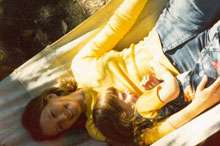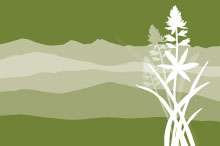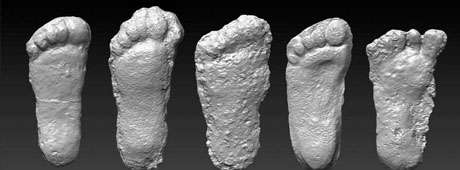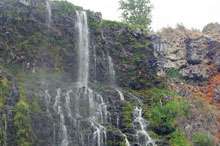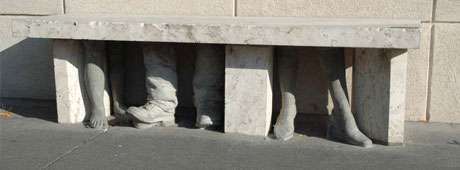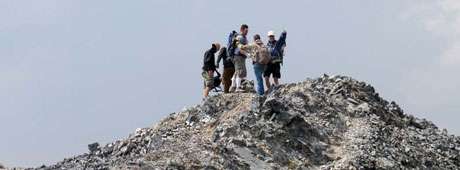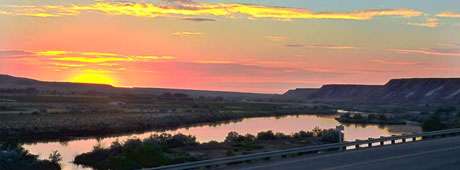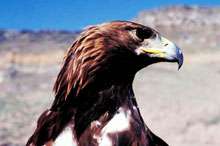No products in the cart.
Fences
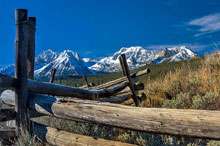
One morning in 1998, while I was out in the yard irrigating the lawn, I heard, then saw, a couple of loose boards on the back fence begin to rattle and shake.
It worried me for a moment, because I thought it might have been our newest family member, Niki the cat, who was outside with me and who we hope can be taught to stay in our yard. However, Niki was occupied for the moment with her exploration of the raspberry patch, so I called out toward the moving fence, “Somebody there?”
“Just me,” returned a male voice, and the boards parted to reveal a friendly face I didn’t recall having seen before.
The gray-haired gentleman who belonged to the face didn’t introduce himself, nor did I. We each knew who the other was. He and his wife had lived in the house beyond that fence—a house no more than eighty feet from ours—for a number of years before my wife and I moved to Caldwell in 1980, yet the truth is that my neighbor and I had never met.
Imagine that: living eighty feet away from someone for nearly eighteen years and never having seen him. I suppose if the boards hadn’t come loose because of errant irrigation water having rotted out a two-by-four along the fence’s base, it could easily have been another eighteen years.
We stood talking to each other through the gap for a few minutes, agreed to “get together sometime soon” to do a little fence mending, and then let the boards close again, separating us and our yards. Continue reading →
This content is available for purchase. Please select from available options.
Purchase Only
Purchase Only

